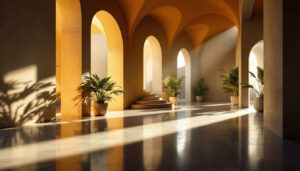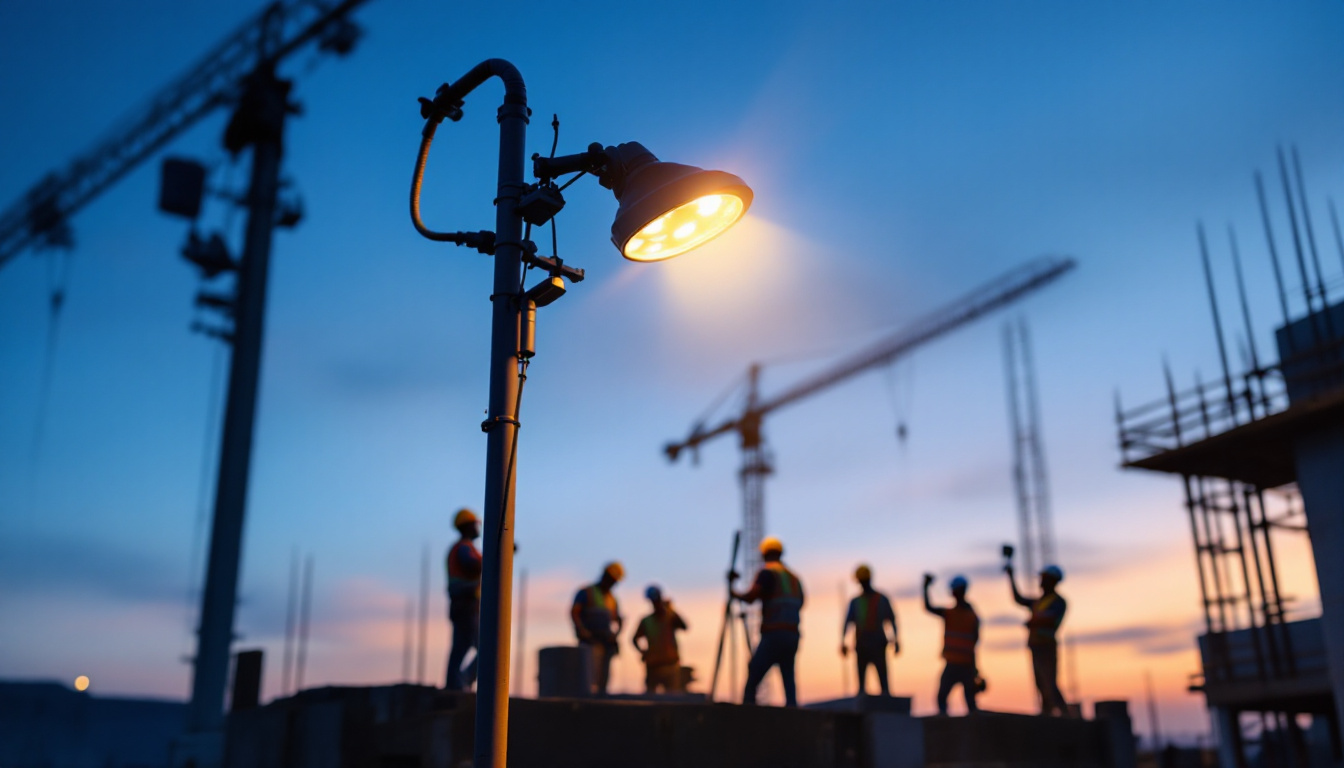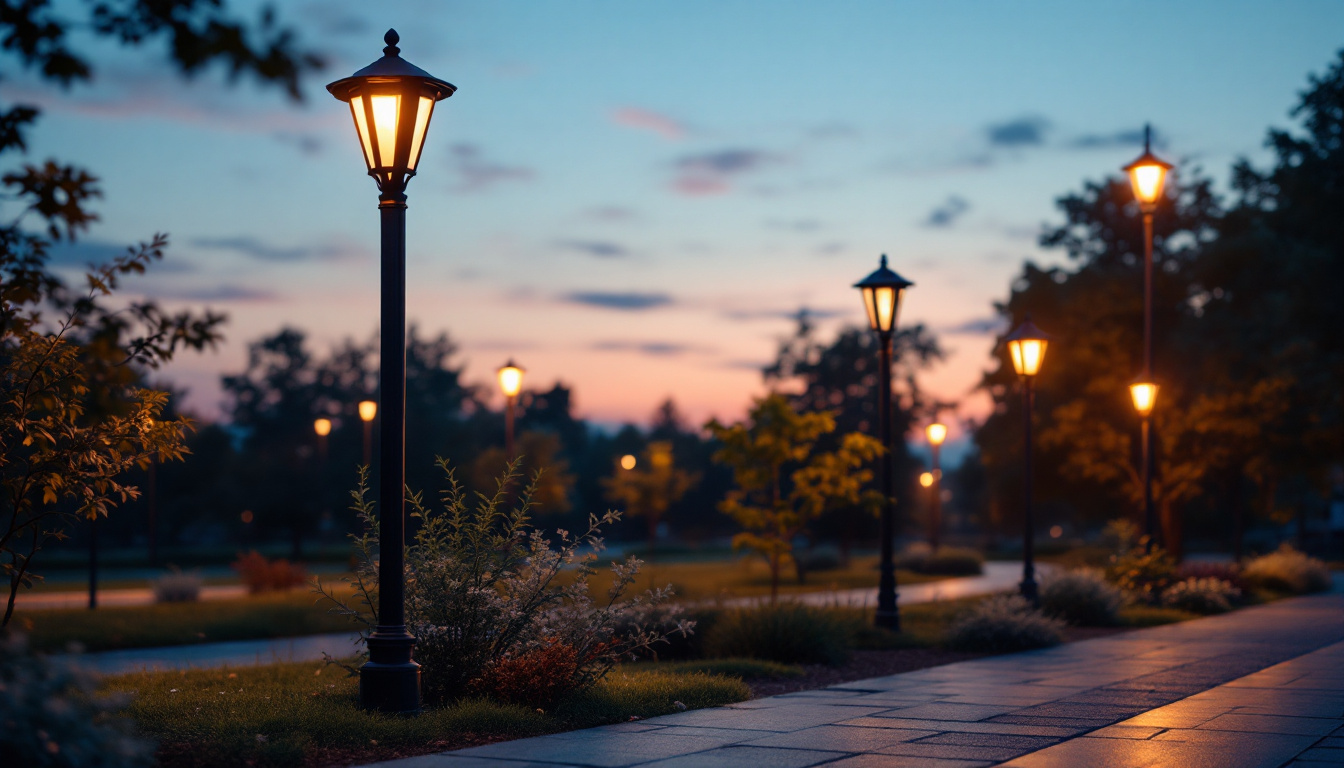

In the ever-evolving world of lighting technology, understanding the nuances of different bulb types is crucial for lighting contractors. Among these, the Type B LED bulb stands out due to its unique design and functionality. This article aims to demystify the Type B LED bulb, providing essential insights and considerations for lighting professionals.
Type B LED bulbs are designed to replace traditional fluorescent tubes, offering a more energy-efficient and longer-lasting alternative. Unlike other LED bulbs, Type B models utilize a direct wire method, which means they connect directly to the line voltage, bypassing the ballast. This feature not only simplifies installation but also enhances the overall efficiency of the lighting system. With advancements in LED technology, these bulbs have become increasingly popular in commercial and residential settings, providing a reliable lighting solution that meets the demands of modern environments.
One of the defining characteristics of Type B LED bulbs is their construction. They typically come in a tube shape, similar to traditional fluorescent tubes, making them a direct replacement option. Additionally, Type B bulbs are available in various lengths and wattages, allowing for flexibility in different applications. This versatility means that whether you are illuminating a warehouse, office space, or even a home garage, there is a Type B LED bulb that can meet your specific lighting needs.
Another essential feature is their energy efficiency. Type B LED bulbs consume significantly less power than their fluorescent counterparts, resulting in lower energy bills and a reduced carbon footprint. This efficiency is particularly appealing to contractors and clients looking to enhance sustainability in their projects. Furthermore, the longevity of Type B LED bulbs—often rated for over 50,000 hours—means that they require less frequent replacements, contributing to reduced waste and maintenance costs over time.
When it comes to installation, Type B LED bulbs offer a straightforward process. Since they are designed to bypass the ballast, contractors must ensure that the existing ballast is removed or bypassed correctly. This step is crucial to avoid compatibility issues and ensure optimal performance. Additionally, many manufacturers provide detailed installation guides and support to assist contractors in this process, making it easier to transition from fluorescent to LED technology.
Moreover, it’s important for contractors to be aware of the wiring configuration. Type B bulbs typically require a line voltage connection, which can vary depending on the existing fixture. Understanding the electrical requirements and ensuring compliance with local codes is essential for a successful installation. It’s also advisable to conduct a thorough inspection of the fixture before installation to identify any potential issues, such as frayed wires or outdated components, that could affect the performance of the new LED bulbs. By taking these precautions, contractors can ensure a smooth installation process and maximize the benefits of Type B LED technology.
The transition from traditional fluorescent lighting to Type B LED bulbs presents numerous advantages. For contractors, these benefits can translate into enhanced customer satisfaction and increased project efficiency.
Energy efficiency is one of the most significant advantages of Type B LED bulbs. They consume up to 50% less energy than fluorescent tubes, leading to substantial cost savings over time. For businesses and homeowners alike, this reduction in energy consumption can result in lower utility bills, making Type B LEDs an attractive option.
Additionally, the longevity of Type B LED bulbs is noteworthy. With a lifespan of up to 50,000 hours, these bulbs reduce the frequency of replacements, further contributing to cost savings in maintenance and labor. This extended lifespan also means less waste in landfills, making Type B LEDs a more environmentally friendly choice. As sustainability becomes increasingly important to consumers, the eco-conscious aspect of LED technology can enhance a contractor’s reputation and appeal to a broader client base.
Type B LED bulbs also offer improved light quality compared to traditional fluorescent options. They provide instant brightness without the flickering often associated with fluorescent lights. Furthermore, the color rendering index (CRI) of Type B LEDs is generally higher, which means they produce more accurate and vibrant colors. This quality is particularly important in settings where color accuracy is vital, such as retail environments or art galleries.
Moreover, Type B LED bulbs are available in a variety of color temperatures, allowing users to choose the perfect ambiance for any space. From warm white tones that create a cozy atmosphere in homes to cooler daylight hues that enhance productivity in office settings, the versatility of Type B LEDs caters to diverse lighting needs. This adaptability not only improves the aesthetic appeal of a space but also contributes to the overall well-being of its occupants, as studies have shown that appropriate lighting can positively impact mood and productivity levels.
Type B LED bulbs are versatile and can be used in a variety of applications. Understanding the best use cases can help contractors recommend the right solutions to their clients.
In commercial settings, Type B LED bulbs are ideal for illuminating offices, retail spaces, and warehouses. Their energy efficiency and long lifespan make them a cost-effective choice for businesses looking to reduce overhead costs. Additionally, the improved light quality enhances the overall ambiance, making spaces more inviting for customers and employees alike. For instance, in retail environments, the bright, clear light from Type B bulbs can help highlight products, making them more appealing to shoppers. Furthermore, the ability to dim these bulbs allows for flexibility in creating different moods, whether for a formal meeting in an office or a relaxed shopping experience in a boutique.
Residential applications are another area where Type B LED bulbs shine. Homeowners can benefit from the energy savings and extended lifespan, making them a smart investment for residential lighting. Whether used in kitchens, living rooms, or garages, these bulbs provide reliable and efficient lighting solutions. In kitchens, for example, the bright illumination helps with food preparation and cooking, while in living rooms, the warm light can create a cozy atmosphere for family gatherings. Moreover, Type B LED bulbs are available in a variety of color temperatures, allowing homeowners to choose the perfect hue to match their decor and personal preferences. This versatility extends to outdoor applications as well, where Type B bulbs can enhance security and visibility around the home, making outdoor spaces safer and more functional during nighttime hours.
While Type B LED bulbs offer numerous benefits, there are also challenges that lighting contractors should be aware of. Understanding these challenges can help in providing better service to clients and ensuring successful installations.
One of the primary challenges contractors may face is compatibility with existing fixtures. Since Type B LED bulbs bypass the ballast, it’s essential to ensure that the fixture is compatible with line voltage. In some cases, modifications may be necessary, which can add time and complexity to the installation process.
Additionally, not all fixtures are designed to accommodate Type B bulbs, so contractors must assess the existing lighting infrastructure before making recommendations. This assessment is crucial for ensuring that clients receive the best possible lighting solutions.
Compliance with local electrical codes and regulations is another critical consideration. Contractors must stay informed about the latest codes to ensure that installations meet safety standards. Failing to comply can result in costly fines and safety hazards, making it imperative to prioritize regulatory adherence during the installation process.
The lighting industry is continuously evolving, and staying ahead of trends is essential for contractors. Understanding the future of LED technology can provide insights into how Type B LED bulbs may fit into upcoming innovations.
One of the most significant trends in lighting technology is the integration of smart features. As smart home technology becomes more prevalent, the demand for smart LED bulbs is on the rise. While Type B LED bulbs currently focus on energy efficiency and longevity, future iterations may incorporate smart capabilities, allowing for remote control and automation.
This integration can enhance user experience and provide greater control over lighting environments, making it an exciting area for contractors to explore. Understanding these trends can help contractors position themselves as knowledgeable professionals in the evolving market.
As sustainability continues to be a priority for many consumers, the demand for eco-friendly lighting solutions is likely to grow. Type B LED bulbs already offer significant energy savings, but future developments may focus on using sustainable materials and manufacturing processes. Contractors who prioritize eco-friendly practices will be better positioned to meet the needs of environmentally conscious clients.
Type B LED bulbs represent a significant advancement in lighting technology, offering numerous benefits for both contractors and clients. Understanding their features, advantages, and applications is essential for lighting professionals looking to provide the best solutions in the market. While challenges such as compatibility and regulatory compliance exist, the potential for energy savings and improved light quality makes Type B LEDs a compelling choice.
As the lighting industry continues to evolve, staying informed about trends and innovations will be crucial for contractors. By embracing new technologies and prioritizing sustainability, lighting professionals can ensure they remain at the forefront of the industry, providing exceptional service and solutions to their clients.
Ready to elevate your lighting solutions with the efficiency and quality of Type B LED bulbs? Look no further than LumenWholesale, where we provide contractors with the best in spec-grade lighting products at unbeatable wholesale prices. Say goodbye to inflated markups and hello to a vast selection of top-tier lighting that meets the highest industry standards. With free shipping on bulk orders, you can stock up on premium lighting without the worry of hidden fees. Make the smart choice for your projects and experience wholesale lighting at the best value today with LumenWholesale.

Discover how outdoor security lamps are revolutionizing the lighting industry and becoming essential tools for contractors.

Discover effective strategies for training your team in utilizing the Simply Conserve Mini Wall Pack lighting solutions.

Illuminate your projects with confidence! Discover essential insights on poles for outdoor lights, tailored for lighting contractors.

Discover how incorporating an outdoor cable splicer can elevate your lighting contracting business.
Get notified when NEW deals are released.
Optimize your budget with wholesale discounts.
Only top-quality, specification-grade lighting products.
No additional costs at checkout - what you see is what you pay.
We understand the unique needs of contractors.